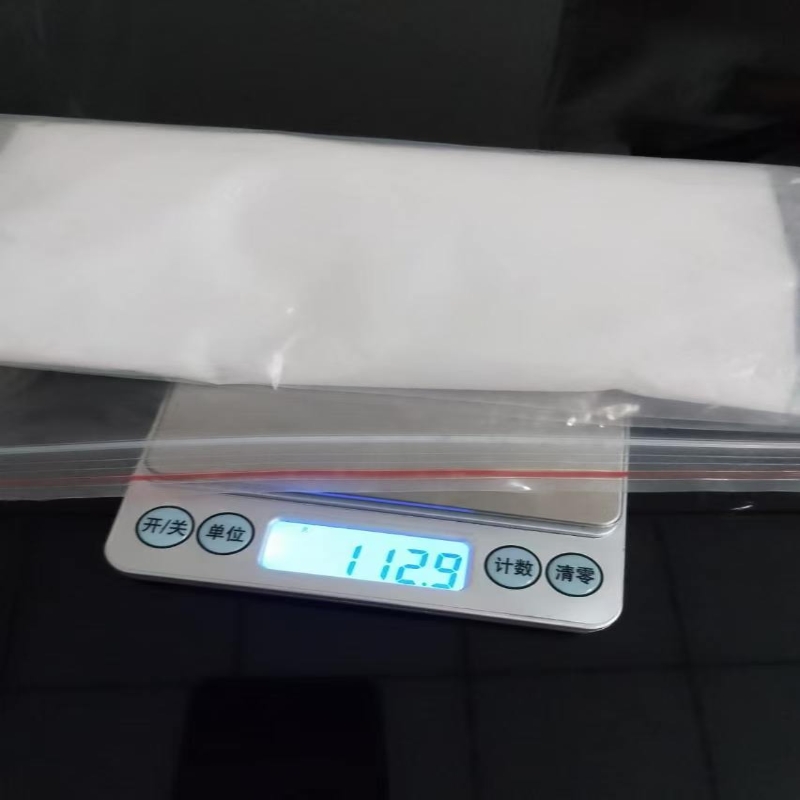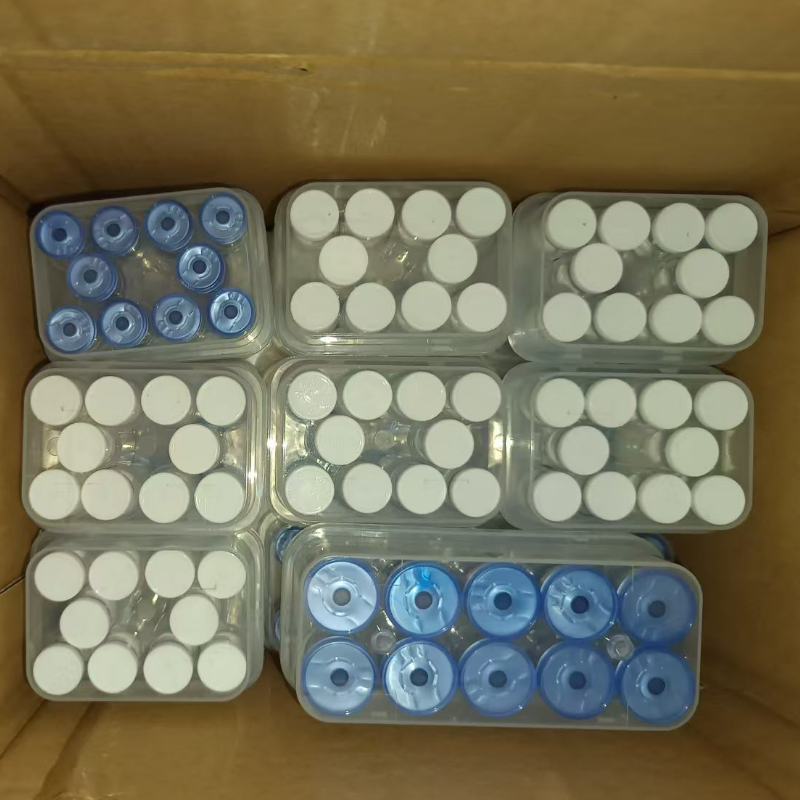-
Categories
-
Pharmaceutical Intermediates
-
Active Pharmaceutical Ingredients
-
Food Additives
- Industrial Coatings
- Agrochemicals
- Dyes and Pigments
- Surfactant
- Flavors and Fragrances
- Chemical Reagents
- Catalyst and Auxiliary
- Natural Products
- Inorganic Chemistry
-
Organic Chemistry
-
Biochemical Engineering
- Analytical Chemistry
-
Cosmetic Ingredient
- Water Treatment Chemical
-
Pharmaceutical Intermediates
Promotion
ECHEMI Mall
Wholesale
Weekly Price
Exhibition
News
-
Trade Service
Over the past few decades, targeted therapies have altered the treatment and prognosis of lung adenocarcinoma (LA) patients with mutations in the epidermal growth factor receptor (EGFR) gene.
Patients with EGFR mutations tend to show a good response
to EGFR tyrosine kinase inhibitors (EGFR-TKIs).
At the same time, the efficacy of EGFR-TKIs is often limited, and most lung tumors usually develop acquired resistance after 8-13 months of treatment with first- or second-generation TKIs
.
The third-generation EGFR-TKI (osimmetinib) can inhibit drug resistance activity caused by T790M mutations and is recommended for the treatment of T790M-positive patients after progression during first-line EGFR-TKI therapy, but not for T790M-negative patients
.
Therefore, early identification of relevant biomarkers of T790M mutation status is clinically critical
.
Bone metastases of the spine may occur in more than one-third of lung cancer cases, with adenocarcinoma being the most common histopathological type with the highest incidence (about 50.
3-70.
0%)
.
Once bone metastases occur, due to spinal cord compression and hypercalcemia, the patient's quality of life will be severely affected, the prognosis will be poor, and the median survival after treatment is 6-8 months
.
To determine the individualized treatment strategy for these patients, a biopsy with blood testing or pathological examination is required to assess EGFR/T790M status
.
When the primary lesion is absent, metastases can be analyzed
as an important alternative.
However, levels of circulating tumor DNA (ctDNA) in the plasma of lung cancer patients are often low, so highly sensitive techniques are needed to avoid the risk of
false negatives.
Radiomics is an emerging imaging technique that calculates quantitative features
directly from medical images of entire tumors.
These features reveal high-dimensional patterns hidden in the imaging data that are difficult for radiologists to observe with the
naked eye.
Many have tried to combine MRI data and clinical predictors with radiomic analysis to identify specific markers associated with EGFR mutations
.
Recently, the relationship between the characteristics of brain and spinal metastases based on MRI imaging and EGFR mutation status has been confirmed several times and has received great attention
.
To our knowledge, the prediction of MRI-based resistant T790M mutations prior to treatment has not been reported
in relevant studies.
A study published in the journal European Radiology evaluated the value of radiomics for early detection of EGFR and T790M mutations in patients with metastatic LA in the spine, and developed a radiomic-clinical nomogram model as a potential imaging tool
to guide treatment planning.
A group of 160 patients with LA from our hospital (between January 2017 and February 2021) were enrolled in the study
.
An external cohort
of 32 patients from another hospital (between January 2017 and January 2021) was established.
All patients underwent MRI scans
of the spine, including T1-weighted (T1W) and T2-weighted fat suppression (T2FS).
Radiomic features were extracted from each patient's metastatic site and a radiomic model (RS) was selected for the development of EGFR and T790M mutations.
A clinical-radiomic nomogram model
was constructed from RSs and important clinical parameters.
ROC curves are used to assess the predictive power of each model, and calibration and decision curve analysis (DCA) is constructed to validate the model's performance
.
For the detection of EGFR and T790M mutations, the developed RSs consist of
9 and 4 of the most important features, respectively.
The constructed nomogram model with RSs and smoking status showed the most popular predictive power, with 0.
849 (Sen=0.
685, Spe=0.
885), 0.
828 (Sen=0.
964, Spe=0.
692), and 0.
778 (Sen=0.
611, Spe=0
) for training, internal and external AUCs, respectively.
In the training, internal validation, and external validation sets for detecting EGFR mutations, the AUC used to detect T790M mutations was 0.
0.
842 (Sen=0.
750, Spe=0.
867), 0.
823 (Sen=0.
667, Spe=0.
938), and 0.
800 (Sen=0.
875, Spe=0.
800),
。
Figures A and E 60-year-old male patient, EGFR wild type
.
B and F A 65-year-old female patient with EGFR mutations
.
C and G 63-year-old male patients, T790M negative
.
D and HA 59-year-old female patient, T790M positive
.
The first line is the T1W MRI image and the second line is the T2FS MRI image
This study shows that spinal MRI features can predict EGFR and T790M mutations, and the nomogram model developed in this study can promote the optimization and individualized treatment strategy of patients with metastatic LA
.
Original source:
Ying Fan,Yue Dong,Huan Wang,et al.
Development and externally validate MRI-based nomogram to assess EGFR and T790M mutations in patients with metastatic lung adenocarcinoma.
DOI:10.
1007/s00330-022-08955-5







